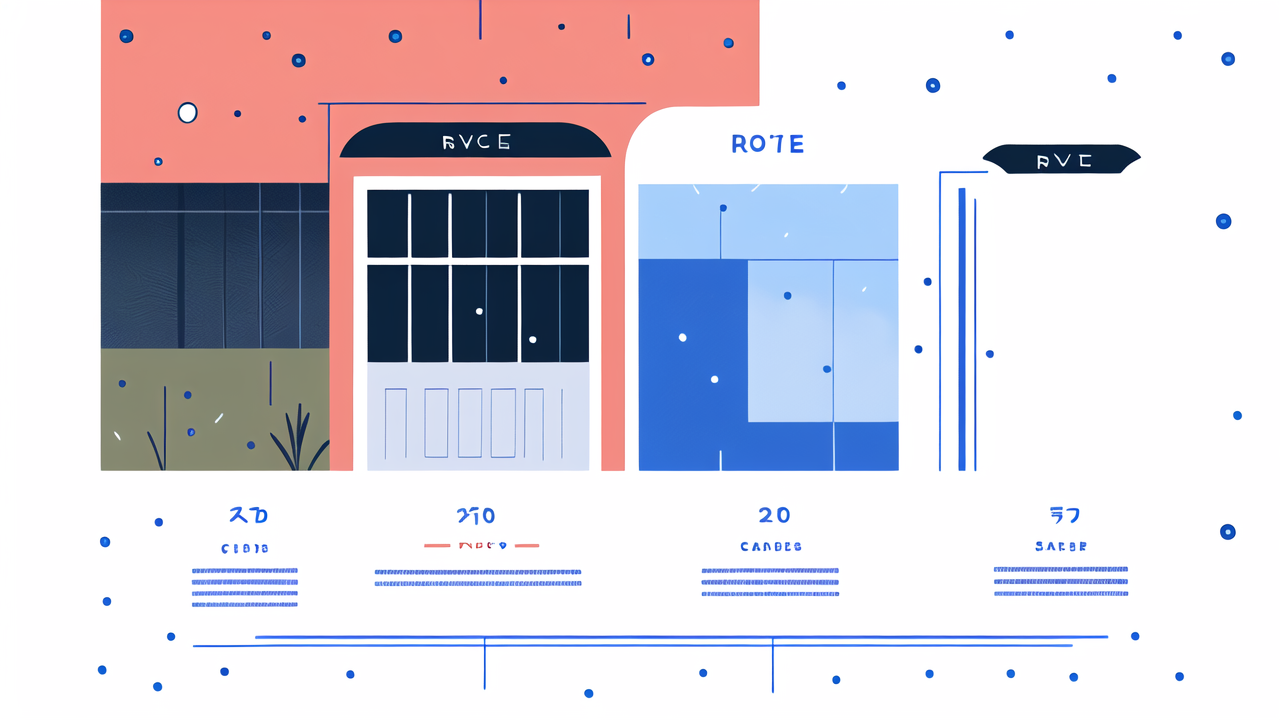Understanding Composite Fencing Materials
The Advantages of Composite Fencing
Composite fencing offers many benefits over traditional wood fences. It's a low maintenance fence option that's gaining popularity. These fences are made from recycled materials, making them eco-friendly. They resist rot, insects, and weathering better than wood. Composite fences don't need painting or staining often. This saves time and money in the long run. They also come in various colors and styles to suit different tastes. Composite fences are durable and can last for decades with proper care.

What Makes Composite Fence Picks Unique?
Composite fence pickets are unique in their composition and features. They're made from a blend of wood fibers and recycled plastic. This mix creates a sturdy, long-lasting material. Unlike wood, composite pickets don't splinter or warp. They maintain their shape and color for years. Composite pickets are also resistant to moisture and UV rays. This means they won't fade or deteriorate quickly in harsh weather. Many composite pickets have a wood-like texture, giving them a natural look. They're available in various heights and widths to fit different fence designs.
How to Choose the Best Stain for Composite Fencing
Factors to Consider When Selecting a Stain
Choosing the right stain for your composite fence is crucial. First, consider the current color of your fence. Some stains work better on lighter or darker bases. Think about the look you want to achieve. Do you prefer a natural wood look or a bolder color? Check if the stain is suitable for composite materials. Not all wood stains work well on composites. Consider the climate in your area. Some stains offer better protection against sun or moisture. Look at sample colors in different lights before deciding. Remember, darker stains may absorb more heat, which can affect the fence.

The Importance of Durability and Longevity in Stain Selection
When choosing a stain for your composite fence, durability is key. A good stain should protect your fence for years. Look for stains that resist fading and peeling. UV-resistant stains are great for areas with lots of sunlight. Water-resistant options work well in rainy climates. Consider how often you're willing to reapply the stain. Some high-quality stains may cost more but last longer. This can save money and effort in the long run. Check reviews and ratings for different stain brands. Look for products specifically designed for composite materials. A durable stain will keep your fence looking great with less maintenance.
Installation and Maintenance Tips for Composite Fencing
Step-by-Step Guide to Installing Composite Fencing Picks
Installing composite fence pickets can be a DIY project with the right steps:

- Plan your fence layout and mark post locations.
- Dig holes for posts, typically 1/3 the post height plus 6 inches.
- Set posts in concrete and let them cure.
- Attach horizontal rails to the posts.
- Start attaching pickets from one end, ensuring they're level.
- Use spacers between pickets for consistent gaps.
- Cut pickets as needed to fit around obstacles.
- Secure each picket with screws designed for composite materials.
- Double-check all pickets are straight and secure.
- Clean up any debris and admire your new fence!
Always follow manufacturer guidelines for best results.
Maintaining Your Composite Fence for Longevity
Proper maintenance keeps your composite fence looking great for years. Regular cleaning is key. Use a soft brush and mild soap to remove dirt and grime. Avoid harsh chemicals that can damage the fence. Rinse thoroughly with a garden hose. For tougher stains, use cleaners made for composite materials. Inspect your fence yearly for loose pickets or hardware. Tighten or replace as needed. Trim nearby plants to prevent moisture buildup on the fence. If you notice any damage, address it promptly to prevent further issues. With minimal effort, your composite fence can maintain its beauty and function for decades.
In conclusion, composite fencing offers a durable, low-maintenance option for homeowners. By choosing the right stain and following proper installation and care techniques, you can enjoy a beautiful, long-lasting fence. Remember to consider your specific needs and environment when making decisions about your composite fence. With the right approach, your fence will enhance your property for years to come.
